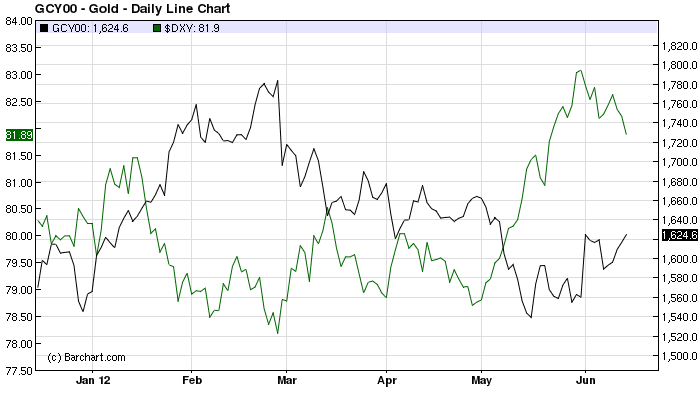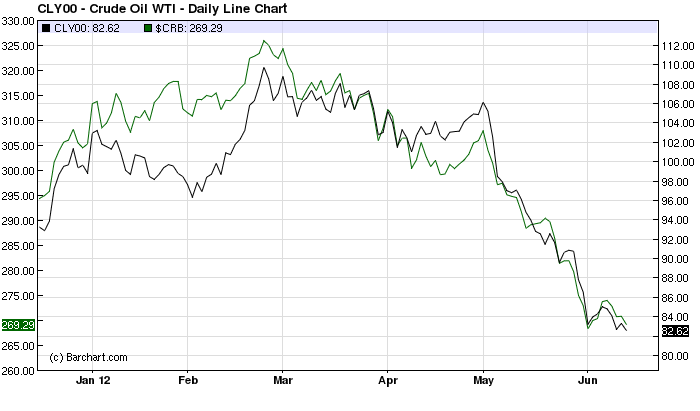
The great boob is readying to burst from its scanty brassiere, according to Reuters:
Central banks from major economies stand ready to take steps to stabilize financial markets by providing liquidity and preventing a credit squeeze if the outcome of Greek elections on Sunday causes tumultuous trading, G20 officials told Reuters.
…”The central banks are preparing for coordinated action to provide liquidity,” said a senior G20 aide familiar with discussions among international financial diplomats. His statement was confirmed by several other G20 officials.
A move to boost liquidity could mark a dramatic backdrop to the G20 summit of world leaders, who will gather in Los Cabos, Mexico, on Monday and Tuesday where Europe’s escalating crisis tops the agenda.
Depending on the severity of the market response, an emergency meeting of ministers from the Group of Seven developed nations could be held on Monday or Tuesday in Los Cabos, with central bankers joining by phone, a second G20 official said.
…This usually is a signal for technical steps to keep cash flowing through the financial system. Currency swap lines already are in place, which can be drawn upon to ensure there are enough dollars available if global investors rush into the safety of U.S. assets. Central banks also can hold extra auctions to flood banks with short-term cash via repurchase agreements.
Adding to market glee, US data disappointed again. Weekly jobless claims climbed again (still “surprisingly” apparently):
In the week ending June 9, the advance figure for seasonally adjusted initial claims was 386,000, an increase of 6,000 from the previous week’s revised figure of 380,000. The 4-week moving average was 382,000, an increase of 3,500 from the previous week’s revised average of 378,500.
Consensus was for 375k so a decent miss. There’s a clear stall now in the US jobs recovery, which is looking awfully like last year. From Calculated Risk:

The icing on this upside down cake was a big fall in monthly US inflation. From the BLS:
The Consumer Price Index for All Urban Consumers (CPI-U) decreased 0.3 percent in May on a seasonally adjusted basis … The gasoline index declined 6.8 percent in May, leading to a sharp decrease in the energy index and the decline in the all items index.
And the Cleveland Fed:
According to the Federal Reserve Bank of Cleveland, the median Consumer Price Index rose 0.1% (1.5% annualized rate) in May. The 16% trimmed-mean Consumer Price Index increased 0.1% (1.1% annualized rate) during the month. The median CPI and 16% trimmed-mean CPI are measures of core inflation calculated by the Federal Reserve Bank of Cleveland based on data released in the Bureau of Labor Statistics’ (BLS) monthly CPI report.
And Calculated Risk again:

This graph shows the year-over-year change for these four key measures of inflation. On a year-over-year basis, the median CPI rose 2.3%, the trimmed-mean CPI rose 2.1%, and core CPI rose 2.3%. Core PCE is for April and increased 1.9% year-over-year.
Gold and the $US are reversing course, pumping out a QE3 signal:

Though at this stage, oil and commodities aren’t joining the orgy:

So, the currencies are moving (including gold, yes it’s a currency) but the real economy commodities that are priced in $US are still soft. It makes a fair amount of sense. The help that is coming from central banks is monetary, not stimulatory. Illusory, in other words, in a liquidity trap. At least initially. And the global economy remains weak so there it little real supply and demand pressure on commodities.
Many things to still to happen but the set up for QE3 is there, such as it is.

